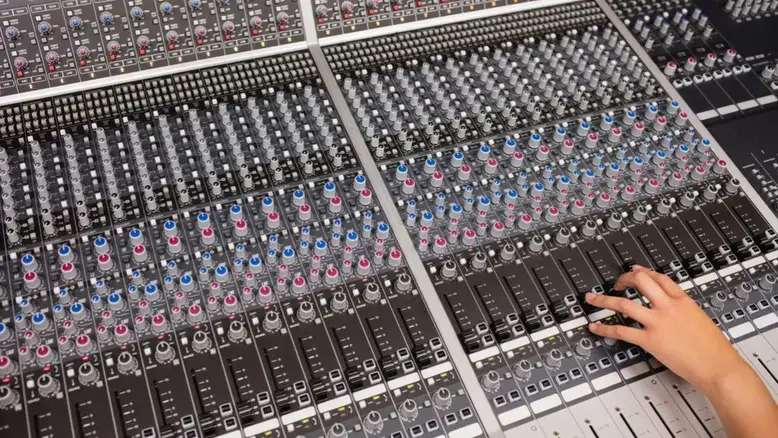Whether it’s a home music studio, a practice room, or a recording space—acoustics can make or break your sound. You might have the best equipment, high-end speakers, or world-class instruments, but if your room has poor acoustics, it simply won’t sound right.
Let’s explore why acoustics are so important, and how a well-designed room can dramatically improve your listening, recording, or performing experience.
The Role of Acoustics: More Than Just Soundproofing
When most people hear “acoustics”, they think of soundproofing. But true acoustic treatment is about controlling how sound behaves inside a space, not just blocking it from going in or out.
Great acoustics help:
- Prevent unwanted echoes and reverb
- Improve clarity and tone
- Balance bass, mids, and highs naturally
- Ensure even sound across the room
Imagine playing a guitar chord and hearing each note ring clear, with no boomy bass or harsh reflections—that’s the magic of proper acoustic treatment.
What Happens in a Poorly Designed Room?
Without proper acoustics, music rooms suffer from:
- Standing waves: where certain frequencies are amplified unnaturally
- Flutter echo: a rapid bouncing of sound between two hard surfaces
- Muddiness: when sounds blend together and lose clarity
- Hotspots and dead zones: where sound feels too loud in one spot and too quiet in another
These issues can lead to ear fatigue, misjudged recordings, and an overall unsatisfying listening experience.
Acoustic Elements That Matter
Here are the core components you need to consider while designing an acoustically balanced music room:
1. Absorption Panels
These reduce reflections from hard surfaces (like walls, ceilings, or glass) and help control reverb. Acoustic foam or fiberglass panels are popular choices.
2. Bass Traps
Low frequencies are the hardest to manage. Bass traps, usually placed in corners, absorb those deep boomy sounds and keep your bass tight and punchy.
3. Diffusers
While absorbers reduce sound, diffusers scatter sound waves, preventing harsh reflections without making the room sound “dead”. These are great for creating a natural, open-sounding space.
4. Flooring & Furniture
Carpet helps absorb sound, while couches and bookshelves act as natural diffusers. Hard floors reflect sound, so combining them with rugs is a good balance.
Room Shape & Size: It All Adds Up
Believe it or not, the shape of your room affects sound too. Square rooms are the worst for acoustics, while rectangular rooms allow better sound distribution. Ceilings that are too low can cause reflections to bounce too quickly.
A good layout with uneven surfaces and strategic speaker/listener positioning can significantly improve sound quality before even adding acoustic treatment.
For Performers, Students, and Studios
- Musicians will feel more connected to their instruments.
- Recording engineers can trust what they hear through their monitors.
- Students in music schools can practice in a space that doesn’t distort tone.
- Live performance areas can maintain clarity, even with loud volumes.
In short: acoustics empower better sound, better performance, and better creativity.
Final Thoughts
If you’re building or renovating a music room, don’t overlook the acoustic treatment. It’s not a luxury—it’s a necessary foundation for great sound.
At AudioCare, we help you design, plan, and install complete acoustic solutions, whether it’s for a school, studio, or home. From absorbers to diffusers, speaker placement to lighting, we ensure your music sounds exactly the way it should—clear, powerful, and inspiring.
Want your music room to sound world-class?
Call us: +91 98260 89815
Visit: www.audiocare.in







